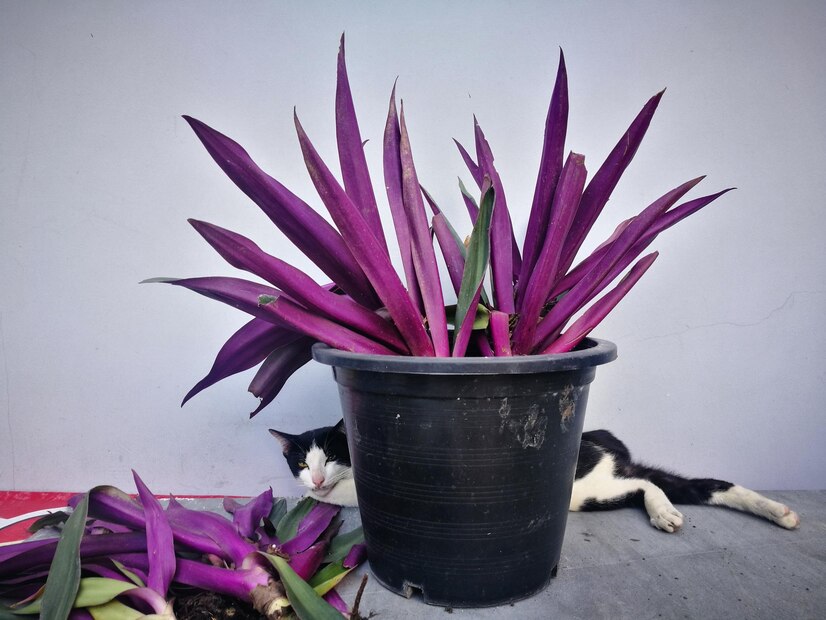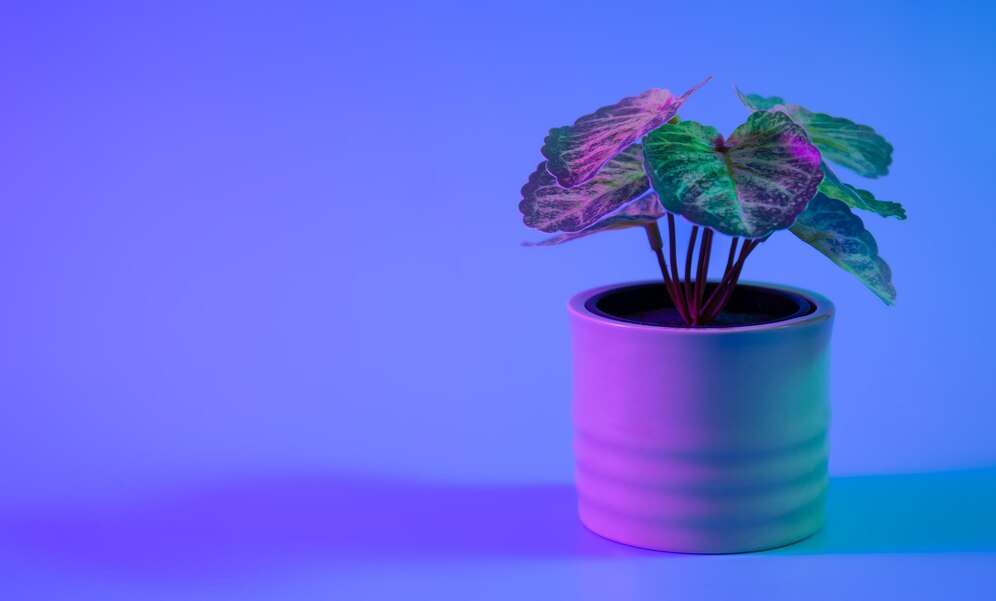Alocasia Black Velvet (Alocasia reginula) is a striking and compact houseplant known for its dark, velvety leaves and silver veins. This plant is a favorite among indoor gardeners and plant enthusiasts due to its exotic appearance and manageable size.
In this article, we’ll explore the beauty of Alocasia Black Velvet, its care requirements, and tips to help it thrive in your home.
What is Alocasia Black Velvet?
Alocasia Black Velvet is a species of the Alocasia genus, native to Southeast Asia. Unlike larger Alocasias, this variety is small and ideal for indoor spaces. Its bold foliage makes it a standout piece in any plant collection.
Key Features of Alocasia Black Velvet
Unique Foliage
The heart-shaped leaves are deep green to nearly black, with a velvety texture that gives the plant its name. The prominent silver veins provide a dramatic contrast.
Compact Size
Alocasia Black Velvet typically grows to a height of 12–18 inches, making it perfect for desks, shelves, or small corners.
Exotic Appeal
This plant brings a tropical vibe to interiors without requiring a lot of space.
Why is Alocasia Black Velvet Popular?
Aesthetic Charm
Its luxurious foliage adds a sophisticated touch to any room.
Low Light Requirements
Unlike some tropical plants, Alocasia Black Velvet can thrive in moderate indoor light.
Unique Collectible
With its dramatic appearance, it’s a must-have for plant collectors seeking rare and eye-catching varieties.
How to Care for Alocasia Black Velvet
Light Requirements
Preferred Light: Bright, indirect light is ideal.
Avoid Direct Sunlight: Direct rays can scorch the delicate leaves.
Watering Needs
Moist Soil: Keep the soil consistently moist but not soggy.
Avoid Overwatering: Ensure the pot has drainage holes to prevent root rot.
Temperature and Humidity
Optimal Temperature: Maintain between 65°F and 80°F (18°C–27°C).
High Humidity: Place near a humidifier or mist occasionally for best results.
Soil Type
Use a well-draining potting mix enriched with organic material.
Fertilization
Feed with a balanced liquid fertilizer once a month during the growing season (spring and summer).
Common Problems and Solutions
Yellowing Leaves
Cause: Overwatering or low humidity.
Solution: Adjust watering habits and increase humidity levels.
Brown Leaf Edges
Cause: Dry air or insufficient water.
Solution: Use a humidifier and ensure the soil stays moist.
Pest Infestations
Common Pests: Spider mites, mealybugs, and aphids.
Solution: Wipe leaves with insecticidal soap or neem oil.
Repotting Alocasia Black Velvet
When to Repot
Repot every 1–2 years or when the roots outgrow the pot.
How to Repot
Choose a pot slightly larger than the current one.
Use fresh, well-draining soil to encourage healthy growth.
Propagation of Alocasia Black Velvet
Rhizome Division
Carefully separate rhizomes from the parent plant during repotting.
Plant the rhizomes in fresh soil and water lightly.
Ideal Time for Propagation
Propagate during the growing season for the best success rate.
Decorating with Alocasia Black Velvet
Indoor Placement
Ideal for tabletops, shelves, or terrariums due to its compact size.
Pair with light-colored pots to highlight the dark foliage.
Terrarium Planting
Its size and humidity requirements make it suitable for closed terrariums.
Benefits of Alocasia Black Velvet
Air Purification
Like many houseplants, Alocasia Black Velvet can improve indoor air quality by filtering toxins.
Stress Relief
Caring for this plant can provide a therapeutic hobby for plant lovers.
Challenges of Growing Alocasia Black Velvet
Sensitive to Overwatering
Its roots are prone to rot if overwatered, so maintaining proper soil moisture is crucial.
Pest Susceptibility
Regularly inspect for pests, especially in low-humidity environments.
Tips for Success

Place your plant in a spot with indirect light and consistent humidity.
Use a moisture meter to avoid overwatering.
Rotate the pot occasionally to ensure even growth.
Conclusion
Alocasia Black Velvet is a stunning addition to any indoor plant collection. Its unique appearance, manageable size, and tropical charm make it a favorite among beginners and seasoned plant enthusiasts alike. With proper care and attention, this exotic beauty will thrive and become the centerpiece of your home garden.
FAQs
How often should I water Alocasia Black Velvet?
Water when the top inch of soil feels dry. Avoid overwatering to prevent root rot.
Can Alocasia Black Velvet survive in low light?
While it prefers bright, indirect light, it can tolerate moderate indoor light but may grow slower.
Why are my Alocasia Black Velvet leaves turning yellow?
Yellowing is often a sign of overwatering or low humidity. Adjust care accordingly.
How can I increase humidity for my Alocasia Black Velvet?
Use a humidifier, place a tray of water near the plant, or group it with other plants to boost humidity.
Is Alocasia Black Velvet toxic to pets?
Yes, it is toxic to cats and dogs if ingested. Keep it out of reach of pets and children.
